Entries Tagged 'Health' ↓
February 11th, 2011 — Health, Resturants, Things I Love
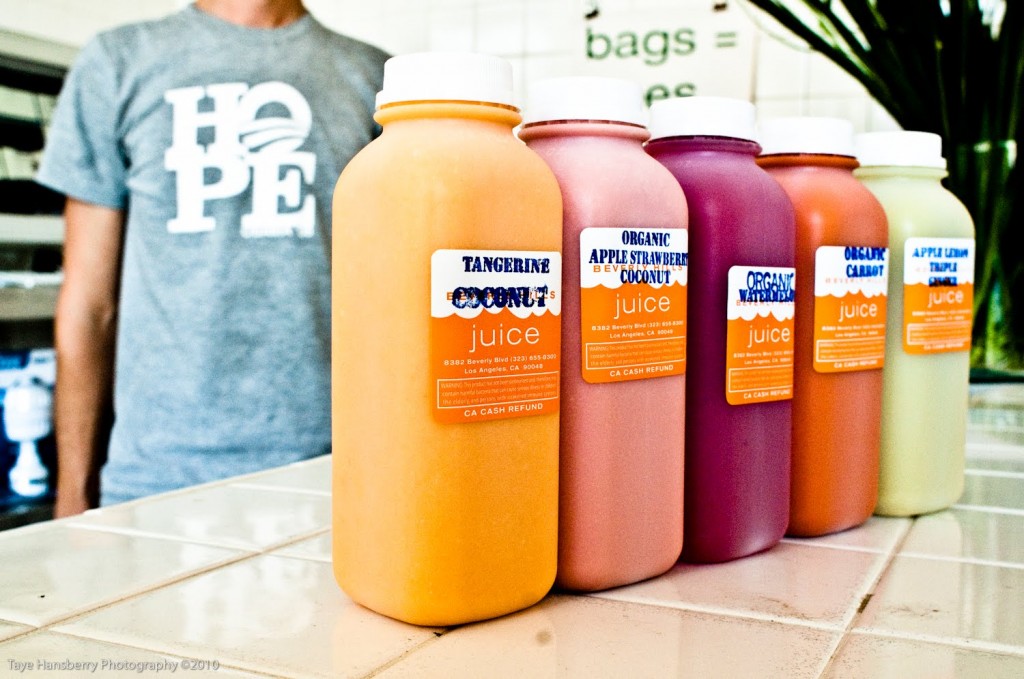
I recently Discovered Beverly Hills Juice Company through a friend and have been going daily for the most delicious fresh pressed juice. I’m addicted to “The Big Ten” (Carrot, Beet, Celery, Kale, Spinach and Parsley) but since recently getting sick have been getting Apple Lemon Double Ginger, which was a terrific remedy. A bottle of juice will run you around 5.00 and is worth every penny.
In his quest to make the most nutritionally beneficial juice, David Otto became versed in the advantages of juicing with a hydraulic press. To press juice, fruits or vegetables are first ground into a fine pulp, wrapped in cloth bags, and then squeezed at a very high pressure by the hydraulic press. Compared to other methods of juice extraction, pressed juice has a higher nutritional content: more vitamins, more minerals, and more amino acids. Additionally, pressed juice is exposed to a minimal amount of oxidation, and therefore maintains a shelf life of a few days instead of minutes. Beverly Hills Juice presses and bottles batches of juice every morning, making pressed juice available for customers to pickup each day.
Beverly Hills Juice supports local, organic agriculture. They adapt their menu to the seasons and source most of their ingredients from local farms. They purchase the majority of our produce at farmer’s markets, where the average farmer travels 150 miles to bring her crop to market. Coconuts, bananas, ginger and cinnamon are not typically grown in California, and are sourced from organic suppliers.
Since 1975, Beverly Hills Juice has operated under a strong ethical code that promotes a healthy and balanced way of life. Their appreciation and gratitude for the earth is reflected in everything that they do. Beverly Hills Juice continually searches for the best practices that will limit their environmental impact, decrease their use of petroleum-based products, and contribute to the regeneration of the earth’s polluted resources. Some of their sustainable business practices include: Cups and Straws made from Sugar Cane Fiber, They do use bags to encourage customers to bring their own, all deliveries are made with a volkswagen TDI clean diesel car, all paper used is 100 recycled processed chlorine free and all waste generated is commercially composted.
Beverly Hills Juice
8382 Beverly Blvd
Los Angeles, CA 90048
323 655 8300
www.BeverlyHillsJuice.Com
January 18th, 2011 — Beauty, Health
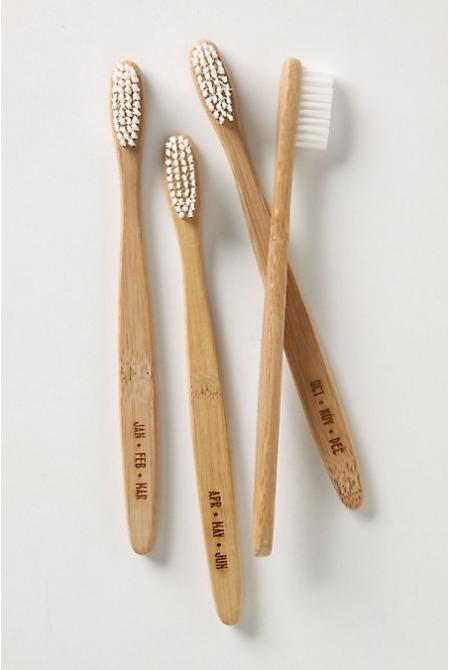
A set of 4 smooth, environmentally conscious bamboo handles are marked with monthly reminders to change your dental cleaners with recommended regularity. Medium Bristles.
$12.00 at www.Anthropologie.Com
December 3rd, 2010 — Health

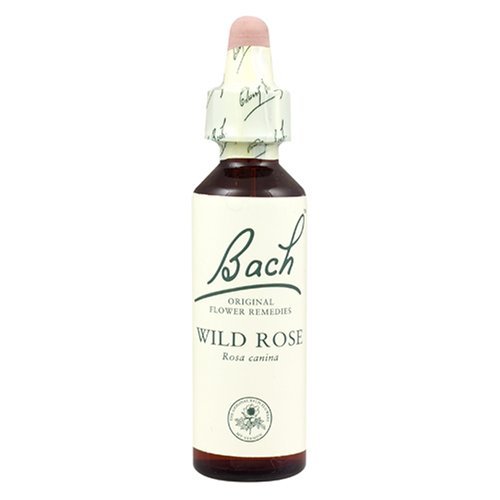
In the 1930’s Dr. Edward Bach discovered a new system of healing using the flowers of nature to gently bring us back to balance. His 38 essences are the foundation of my formulas.
This comprehensive line of formulas was designed, not only to give relief to those who are suffering, but also to reconnect us with the happiness and peace of mind that is our birthright. The remedies help us to live our lives in the way we were meant to, fulfilling our purpose with love, happiness and freedom from all the limiting influences we may encounter along our way. I invite everyone to explore this exciting, all-natural approach to wellness.
Visit AlexisSmart.Com for ready made formulas or to contact Alexis for an in person or phone consultation.


July 27th, 2010 — About Me, Activities, Health

Sheep in the countryside of Buckinghamshire
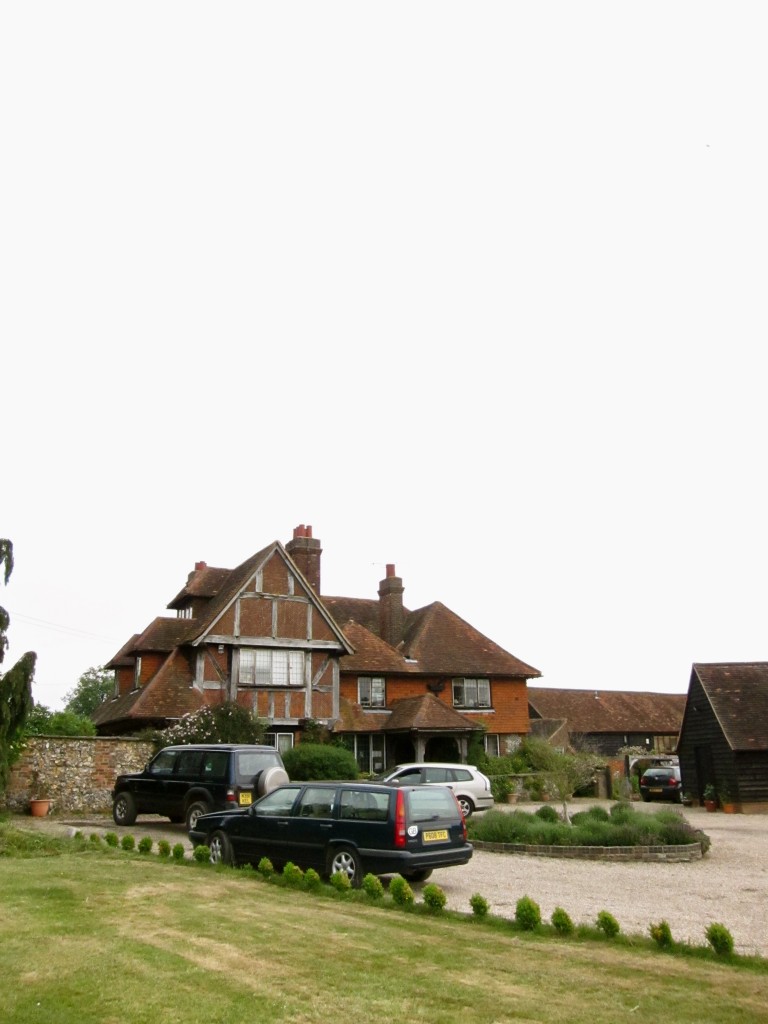
Atkins Farm
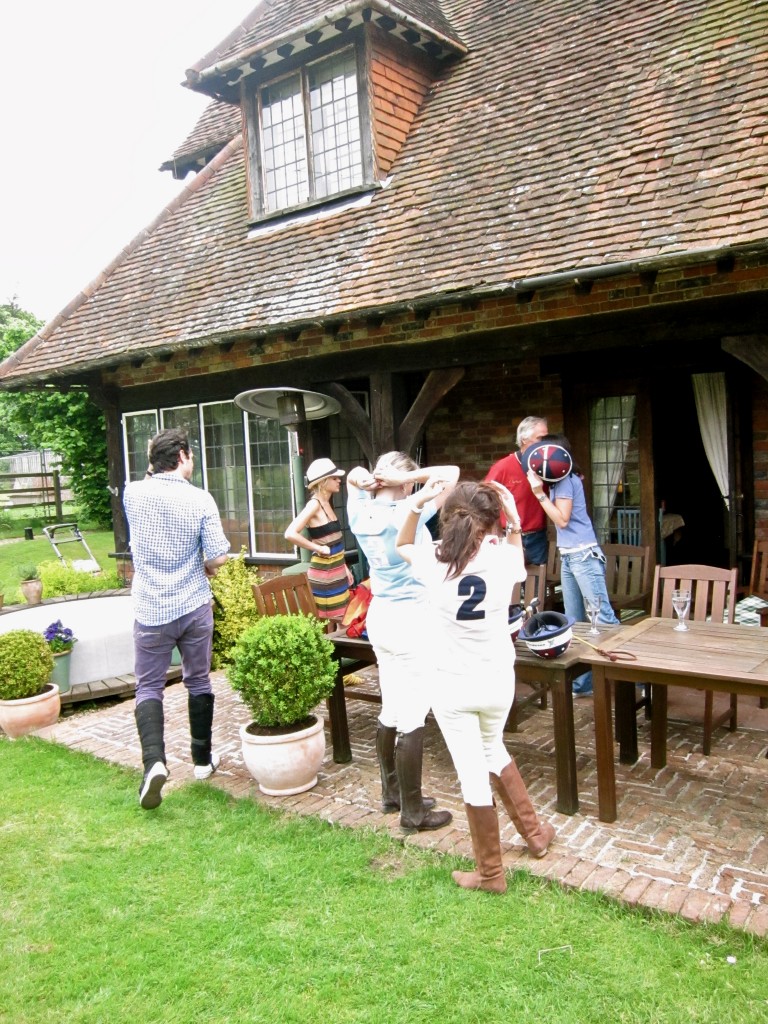
Everyone Suiting up for Polo.
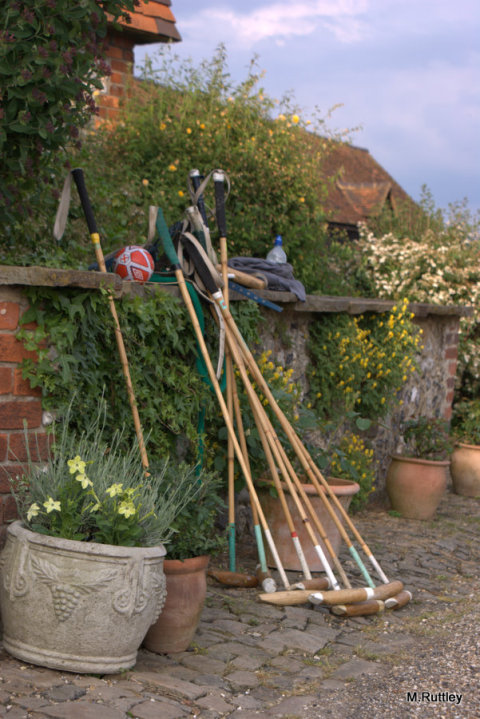
Polo Sticks
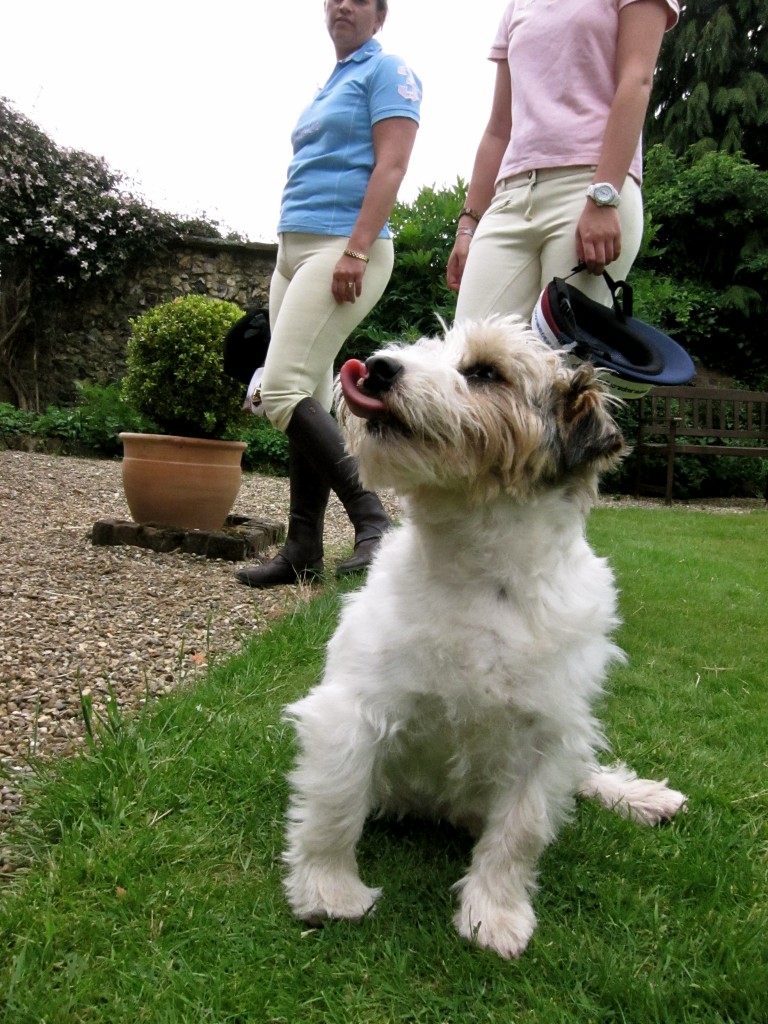
The Atkins Farm Mascot, Rocky the Dog.
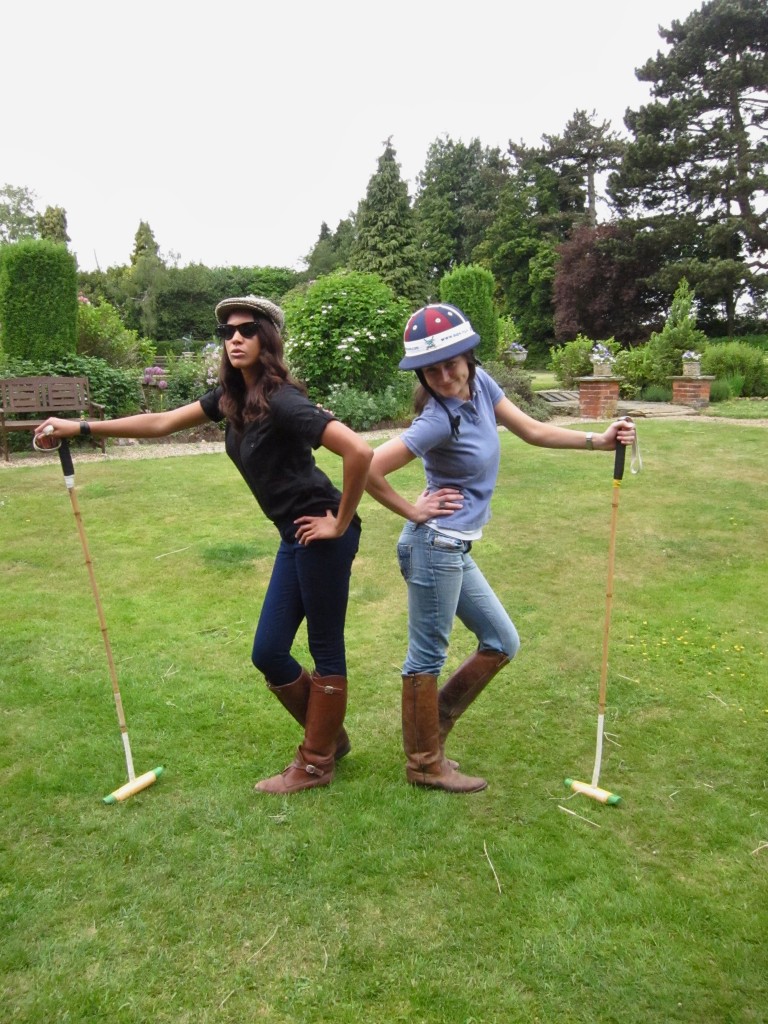
Mini Photo Shoot with Clemmie and I.
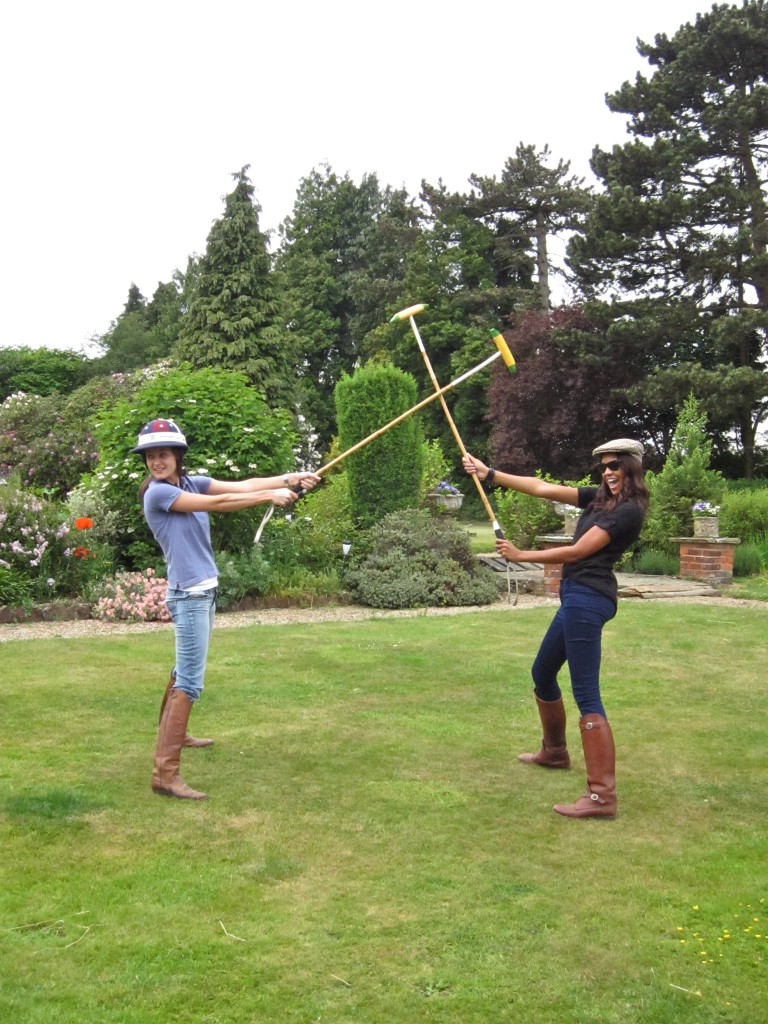
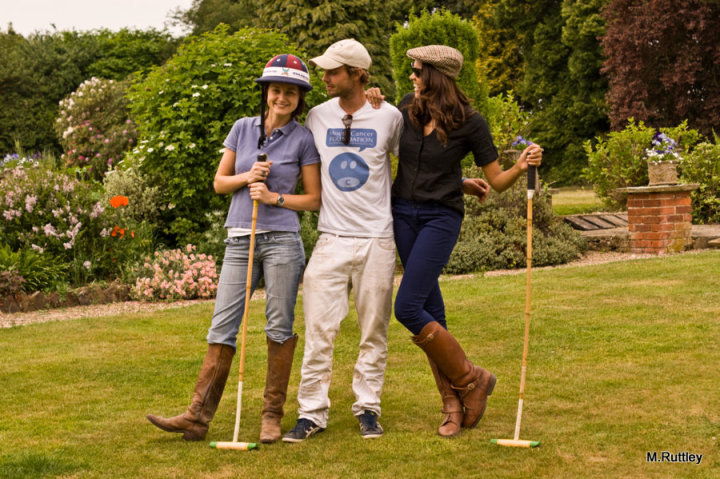
Our Handsome Teacher and Extraordinary Polo Player, Clark Betz
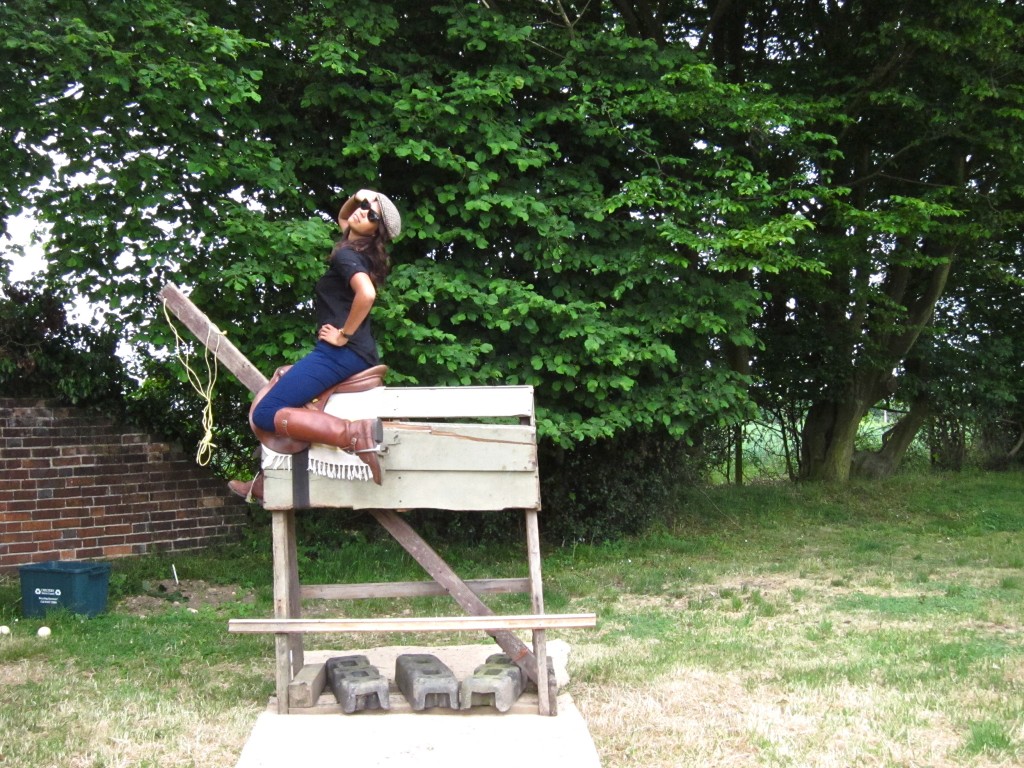
The Wooden Horse used to practice swings.
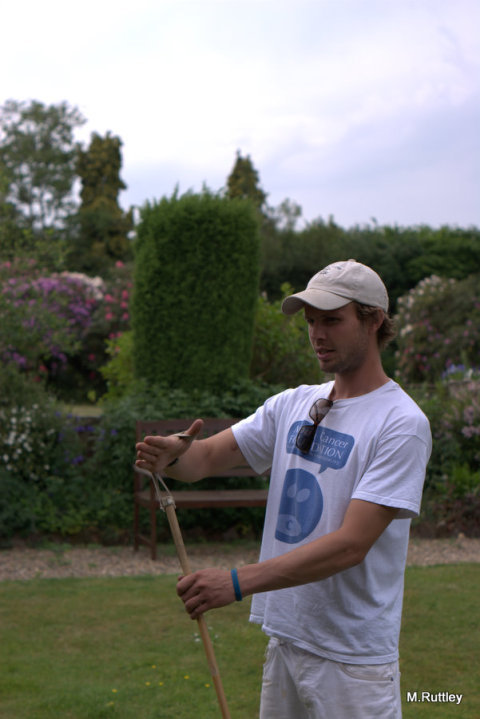
Clark Teaches us how to properly hold the stick.
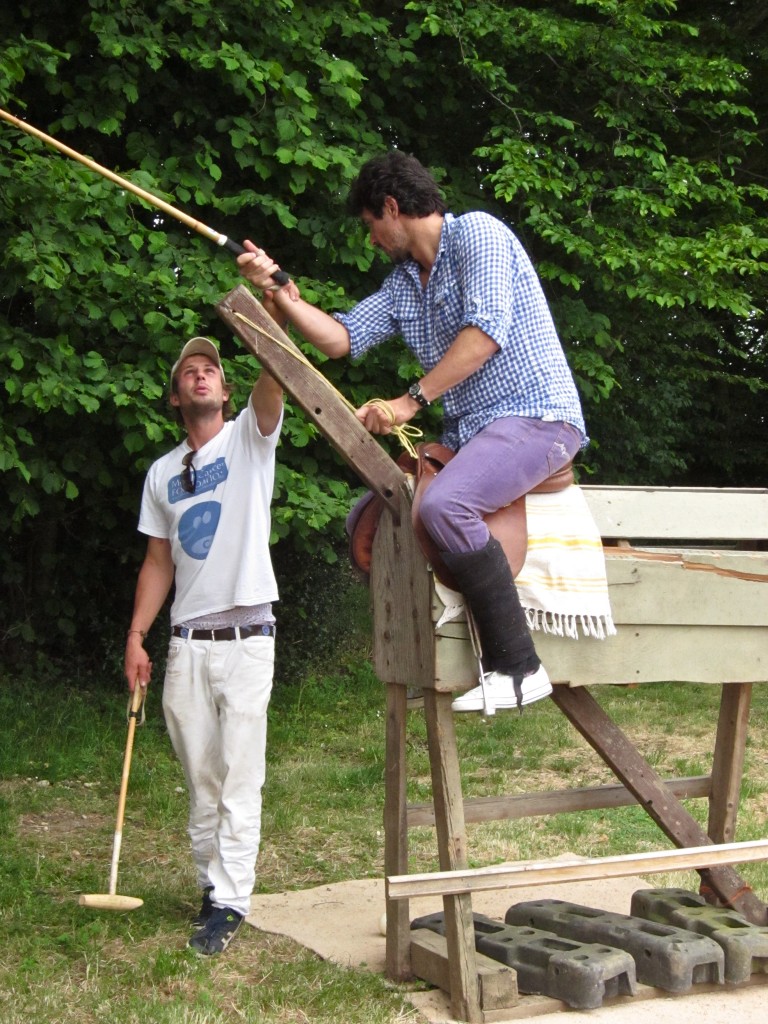
Miguel Takes a Swing
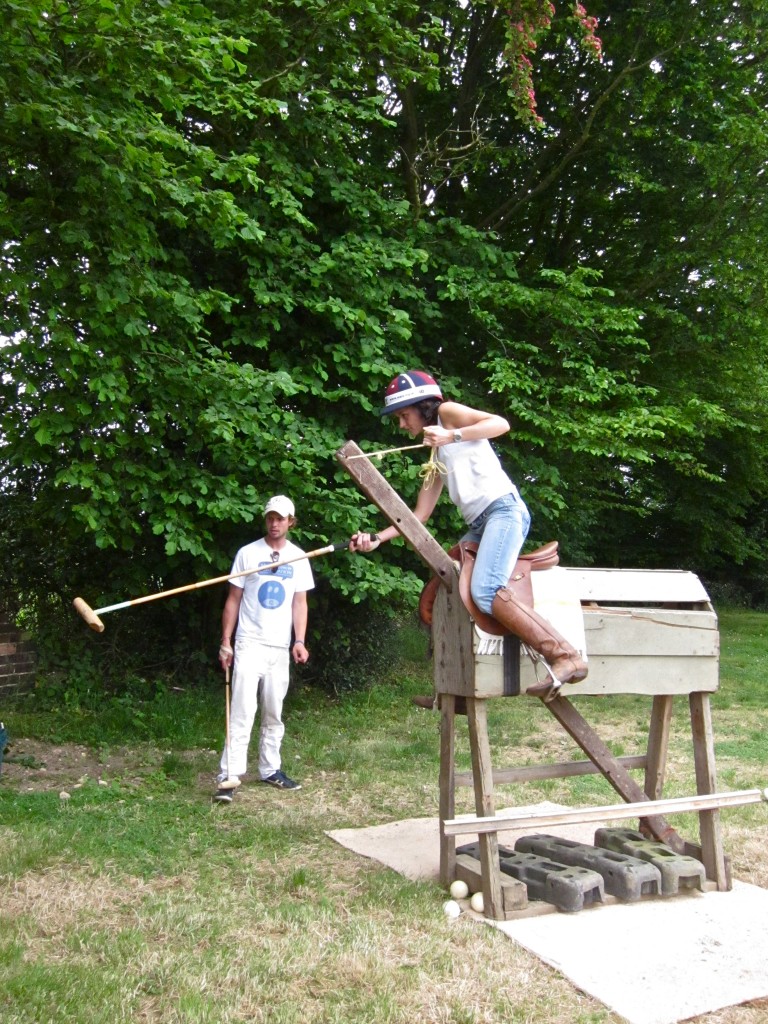
Clemmie Learns to Follow Through.
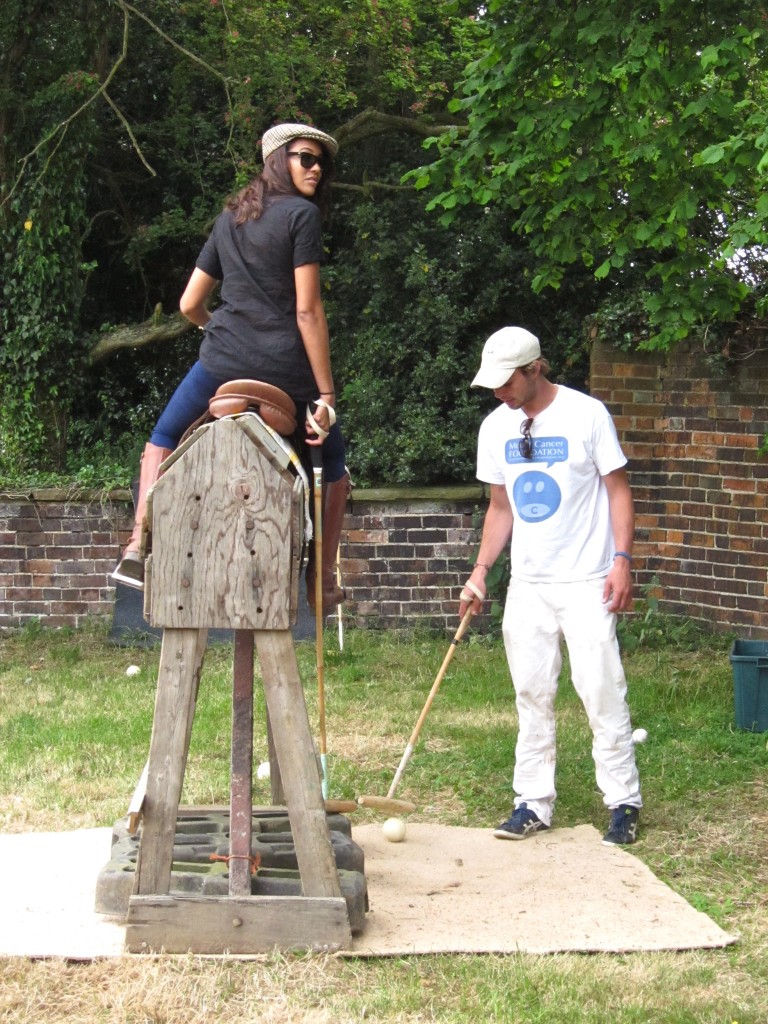
My Turn.
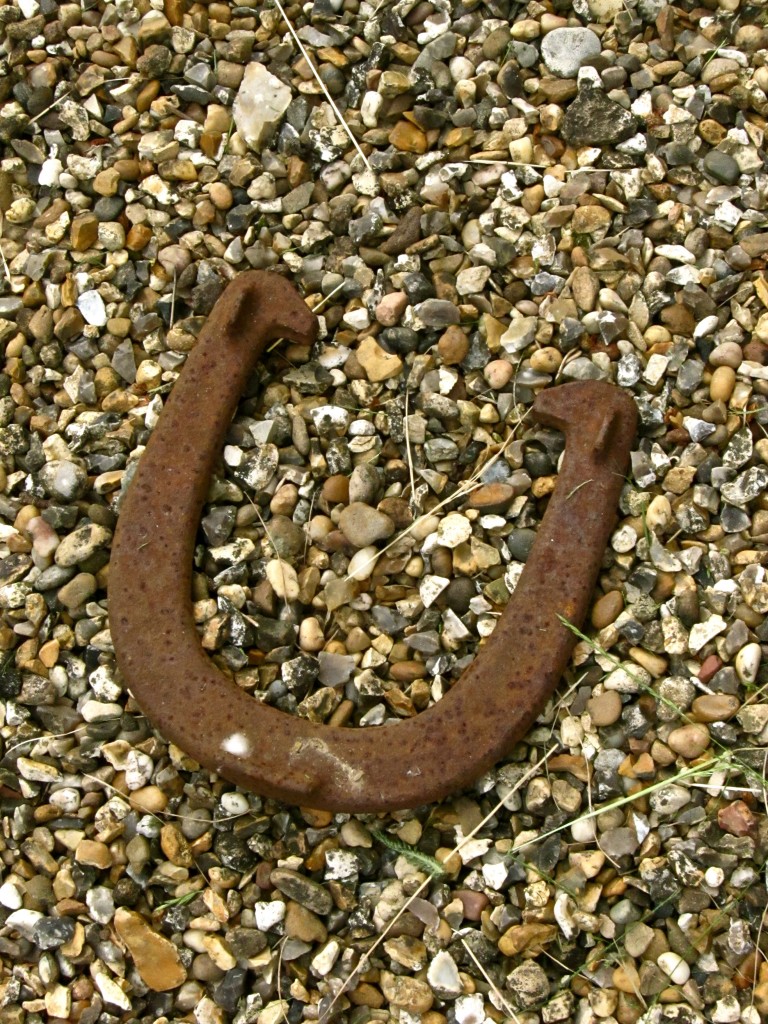
Ambiance, A Horse Shoe.
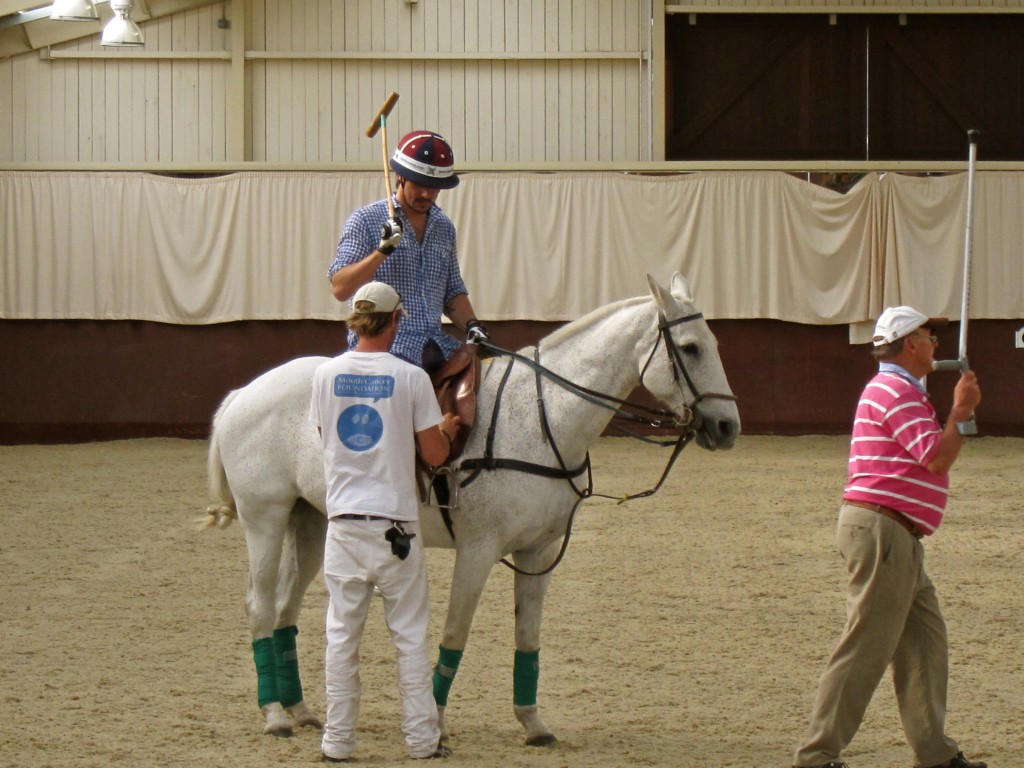
Miguel saddling up in the Practice Arena.

“Major” The World Renowed Polo Couched us for the 2nd half of the 3 hour lesson.

On my horse trying to find the ball.
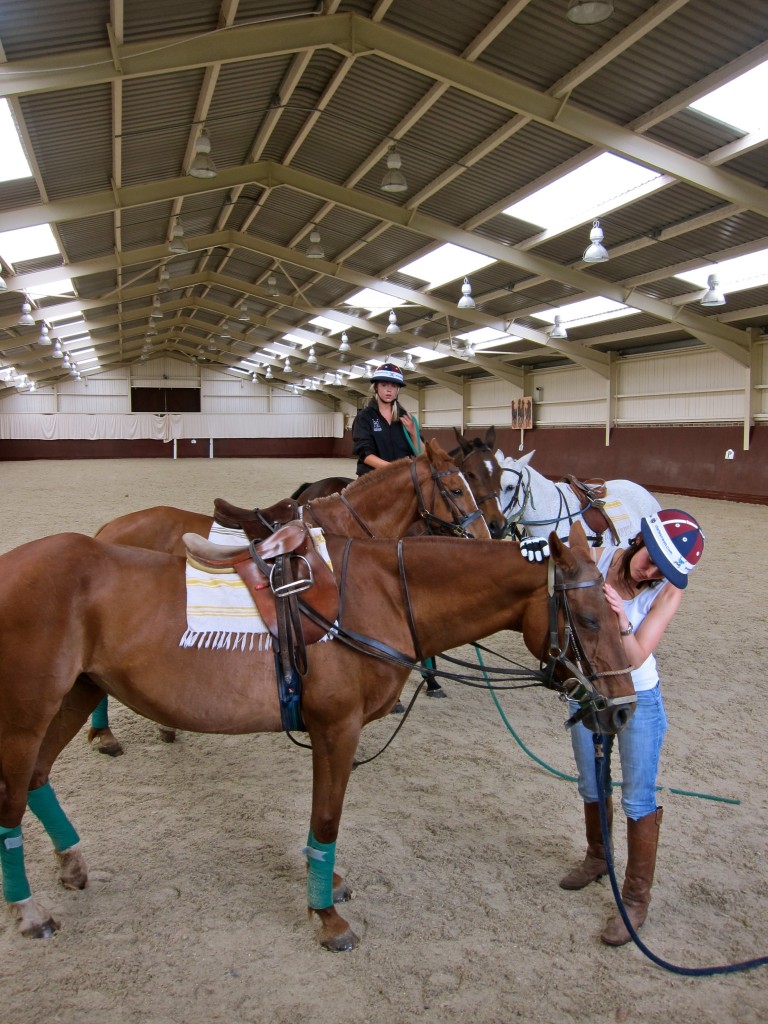
Clemmie bonds with her horse.

End of The Lesson.

If your interested in Polo Lessons Visit the Website Below.
The Atkins Farm Polo Academy
The Atkins Stud Farm
Facebook Page
June 25th, 2010 — Article, Health

By: Tara Parker -Pope for The New York Times
In 1858, a British epidemiologist named William Farr set out to study what he called the “conjugal condition” of the people of France. He divided the adult population into three distinct categories: the “married,” consisting of husbands and wives; the “celibate,” defined as the bachelors and spinsters who had never married; and finally the “widowed,” those who had experienced the death of a spouse. Using birth, death and marriage records, Farr analyzed the relative mortality rates of the three groups at various ages. The work, a groundbreaking study that helped establish the field of medical statistics, showed that the unmarried died from disease “in undue proportion” to their married counterparts. And the widowed, Farr found, fared worst of all.
Farr’s was among the first scholarly works to suggest that there is a health advantage to marriage and to identify marital loss as a significant risk factor for poor health. Married people, the data seemed to show, lived longer, healthier lives. “Marriage is a healthy estate,” Farr concluded. “The single individual is more likely to be wrecked on his voyage than the lives joined together in matrimony.”
While Farr’s own study is no longer relevant to the social realities of today’s world — his three categories exclude couples living together, gay couples and the divorced, for instance — his overarching finding about the health benefits of marriage seems to have stood the test of time. Critics, of course, have rightly cautioned about the risk of conflating correlation with causation. (Better health among the married sometimes simply reflects the fact that healthy people are more likely to get married in the first place.) But in the 150 years since Farr’s work, scientists have continued to document the “marriage advantage”: the fact that married people, on average, appear to be healthier and live longer than unmarried people.
Contemporary studies, for instance, have shown that married people are less likely to getpneumonia, have surgery, develop cancer or have heart attacks. A group of Swedish researchers has found that being married or cohabiting at midlife is associated with a lower risk for dementia. A study of two dozen causes of death in the Netherlands found that in virtually every category, ranging from violent deaths like homicide and car accidents to certain forms of cancer, the unmarried were at far higher risk than the married. For many years, studies like these have influenced both politics and policy, fueling national marriage-promotion efforts, like the Healthy Marriage Initiative of the U.S. Department of Health and Human Services. From 2006 to 2010, the program received $150 million annually to spend on projects like “divorce reduction” efforts and often cited the health benefits of marrying and staying married.
But while it’s clear that marriage is profoundly connected to health and well-being, new research is increasingly presenting a more nuanced view of the so-called marriage advantage. Several new studies, for instance, show that the marriage advantage doesn’t extend to those in troubled relationships, which can leave a person far less healthy than if he or she had never married at all. One recent study suggests that a stressful marriage can be as bad for the heart as a regular smoking habit. And despite years of research suggesting that single people have poorer health than those who marry, a major study released last year concluded that single people who have never married have better health than those who married and then divorced.
All of which suggests that while Farr’s exploration into the conjugal condition pointed us in the right direction, it exaggerated the importance of the institution of marriage and underestimated the quality and character of the marriage itself. The mere fact of being married, it seems, isn’t enough to protect your health. Even the Healthy Marriage Initiative makes the distinction between “healthy” and “unhealthy” relationships when discussing the benefits of marriage. “When we divide good marriages from bad ones,” says the marriage historian Stephanie Coontz, who is also the director of research and public education for the Council on Contemporary Families, “we learn that it is the relationship, not the institution, that is key.”
Continue Reading


































